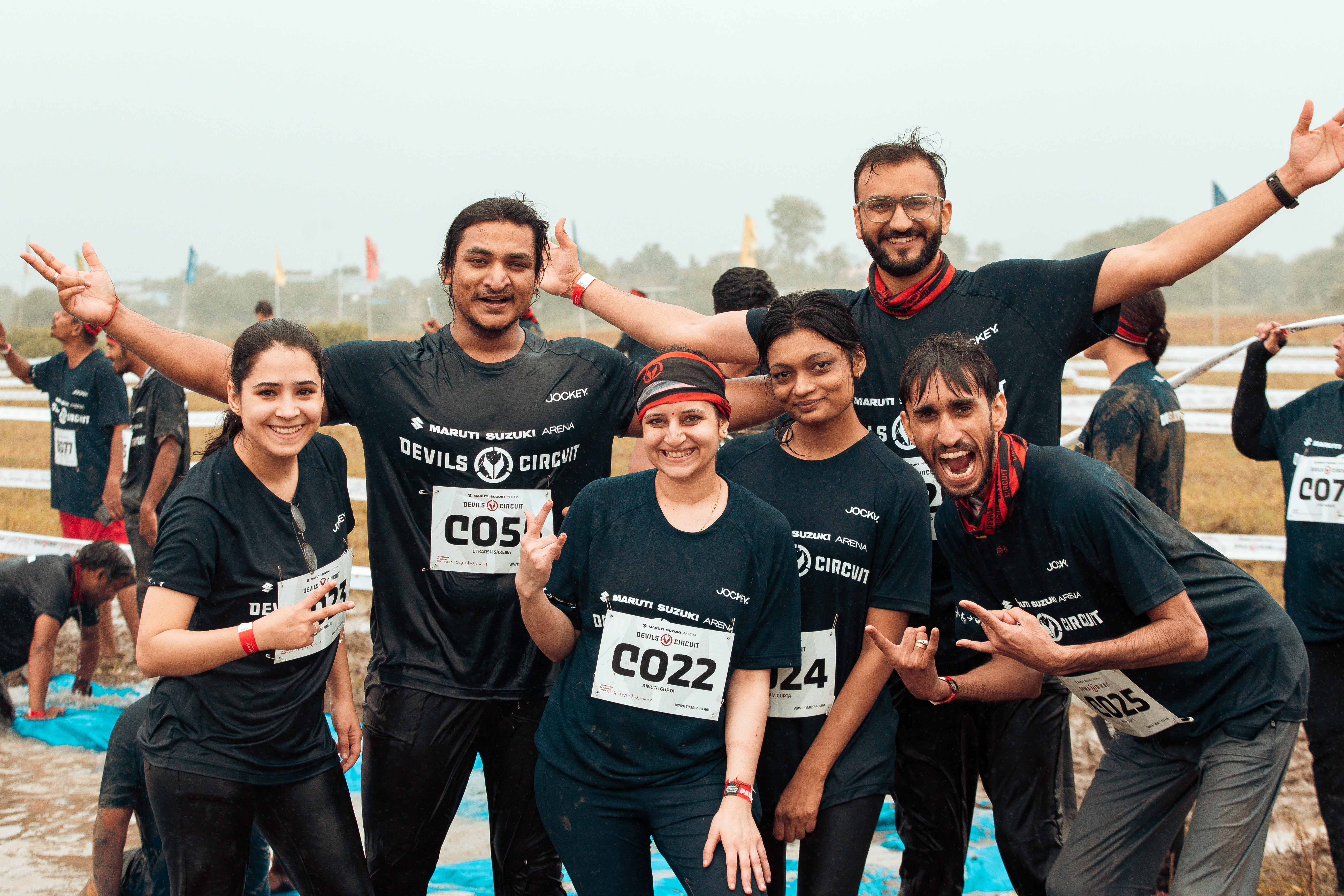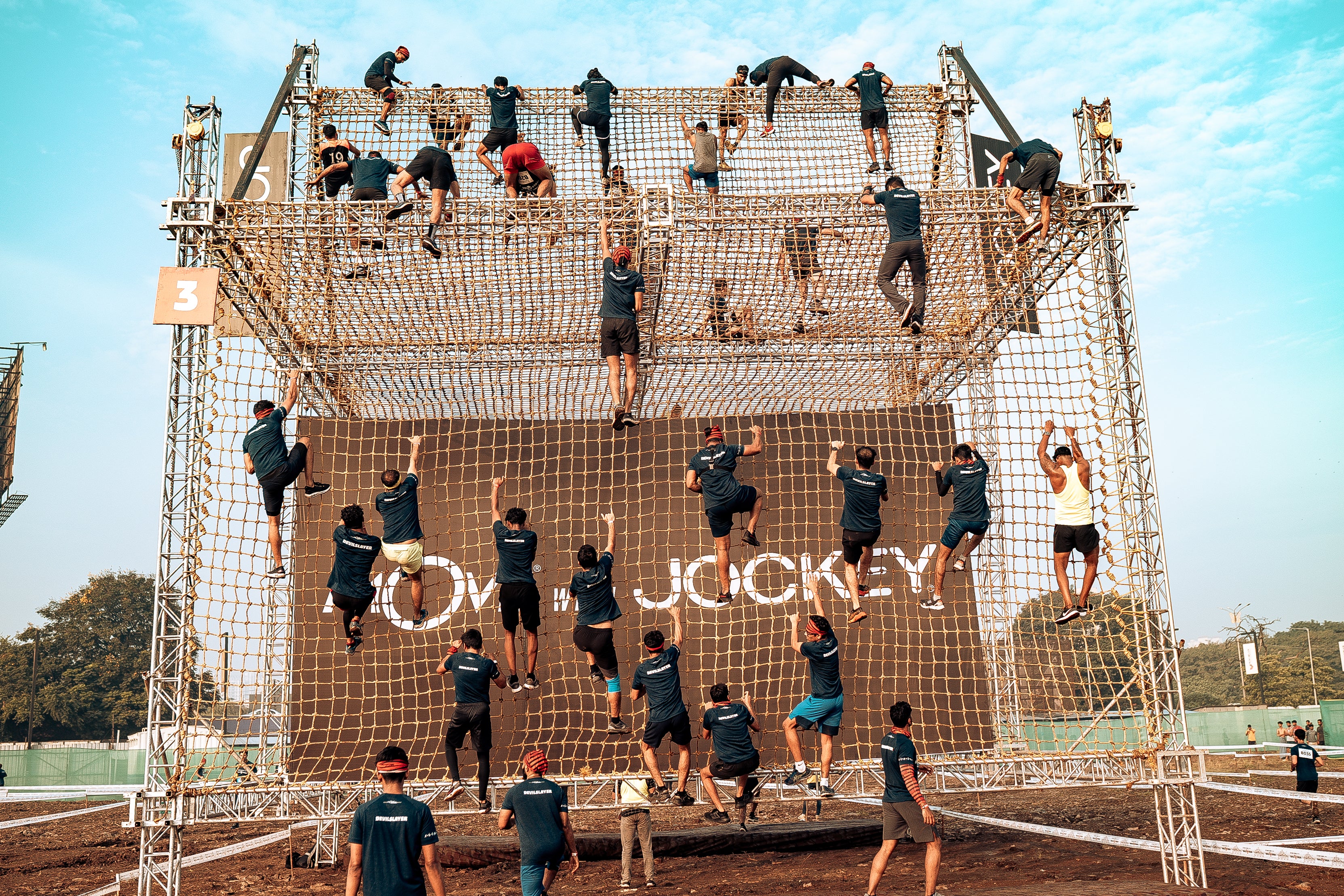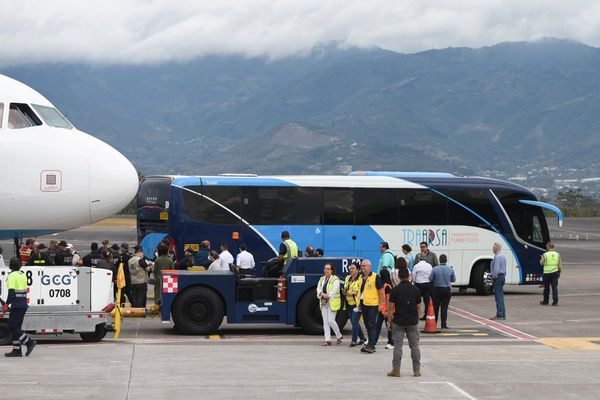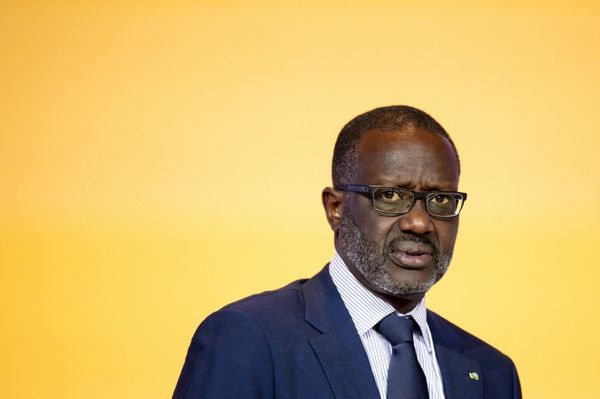Beads of sweat broke out on Sylvia Ku’s forehead as she rowed, ran, pushed a heavy sled, and carried a hefty kettlebell that tested her balance. Her heart pounded, her muscles burned but she kept going – pushing past exhaustion, chasing the thrill of endurance.
At the Yodha Race – which describes itself as “tough and gruelling” and “made for those who believe they can destroy all limits” – Ku was completely tuned in. “I had to do it,” she tells The Independent.
Ku, 34, told herself she was “just gonna go have fun. Focus on giving my best.” She successfully completed the race, held in Bengaluru in the southern Indian state of Karnataka in March last year, when many other competitors gave up.
“Yoddha Race was one helluva experience! From conquering obstacles to battling the blazing sun, it was a true test of grit and heart. Heading home with sunburns, sore muscles, and memories of pure adrenaline-fueled fun. Can’t wait to do it all over again!” she wrote on her Instagram.
She had been a CrossFit athlete and that training came in handy. “Yodha Race was more like CrossFit,” Ku says. “So that’s something that I enjoy because it has a lot to do with strength, power, and endurance.”
Once considered a niche pursuit of elite athletes, endurance sports events such as Yodha Race and Devil’s Circuit, which bills itself “Asia’s biggest obstacle course race”, and ultramarathons like the Khardung La Challenge have exploded in popularity in India in recent years. And thousands of Indians are embracing the challenge, from college students and corporate employees to homemakers and powerlifters.
But what is fueling this endurance sports revolution? And why now?
Zeba Zaidi, CEO of Spectacom Global, which organises Devil’s Circuit, has witnessed the transformation firsthand. “When we started, we had about 1,000 people show up. Now, in a single season, we see over 70,000 participants across cities. It’s been incredible to watch the community grow,” she tells The Independent. “Devil’s Circuit began in 2012 with just one city and has since expanded into a 10-city annual calendar, attracting over 60,000 participants each year.”
Ms Zaidi says nearly 72 per cent of participants are corporate workers, seeking an escape from the grind of office life.

The Devil’s Circuit has over the years fostered a thriving community of “Devilslayers”, now over two million strong, Ms Zaidi says.
Globally, endurance events such as Tough Mudder and Spartan Race are known for their intense obstacle courses while Hyrox – a hybrid fitness race – blends endurance with strength challenges.
More extreme races such as the Norseman Xtreme Triathlon and the Death Race push athletes to the absolute limits. In India, the movement has not quite reached such intense levels – but it is catching up fast.
For many Indians, these grit-based events go beyond just competition. For Yathartha Gairola, a physics teacher and an avid fitness enthusiast from Dehradun in northern India, testing his limits has become a lifestyle. “Life is stressful, and everyone needs an escape,” he tells The Independent.
“Some find it in alcohol or drugs, but I think this is a much better, healthier escape – one that actually makes you stronger.”
Gairola, 25, has participated in at least 10 Devil’s Circuit races this season. “In February last year, I was scrolling Instagram and came across an ad for Devil’s Circuit,” he says. “It had obstacles, endurance, and strength training – everything I love. I thought, ‘This looks interesting; let me try it out.’ I participated in my first event in March, and I was hooked.”

“After my first Devil’s Circuit, I went to their website and saw that the season was ending but then I found out the next season had 10 events in 10 different cities. I decided, ‘I will prioritise this on my weekends.’ So, I booked all of them,” he continues. “I really feel alive when I do these events. I am so intensely focused that I cannot think of the past or the future – I am completely in the present. Every breath, every movement is in the now. That feeling of being alive is what keeps me coming back.”
Endurance races are also being seen as a new challenge for Indians who already enjoy more traditional fitness routines, like gym workouts or casual sports. Instead of exercising solely for health or “aesthetics”, they now see such events as a way to test not just their physical but mental limits.
Esha Shah, a triathlete from Pune in Maharashtra state who has competed in multiple endurance events across India, including triathlons, tells The Independent that it was during the Covid pandemic that people she knew began taking their health more seriously.
She says running often serves as an entry point for beginners who then progress to obstacle races and even triathlons. According to Statista, the number of India marathon participants grew by 230 per cent between 2008 and 2018. For many, the best part of these grit-based events is that you do not have to be a professional athlete to take part. It’s about resilience, determination and pushing your limits.
Shah, founder of activewear brand Spry Athletica, says there is another aspect of appeal to endurance sports. “Participating in something like this also gives people bragging rights,” she says. “It’s like, ‘I did something cool with my life’.”
She notes, however, that endurance sports tend to draw people who have the financial means and career flexibility to dedicate time and resources to intensive training.
Social media has also played a key role in the popularity of the movement. Posts about finish-line triumphs and medal moments, set to trending music, inspire people to try it out. And now fitness brands, too, are taking notice.
Another striking feature of endurance sports events in India is the increasing participation of women. Zaidi says that 45 per cent of the Devil’s Circuit participants are women with a median age of 28. The event welcomes anyone from 16 to 75 years of age.
For Rimpa Karmakar, 42, from Bengaluru, a sedentary lifestyle is what she wants to avoid when she grows older. A senior design manager at IBM, she wakes up at 4am to train before sending her daughter to school and taking on her corporate executive duties for the rest of the day.
She recently ran the Yodha Race and posted triumphant pictures on her Instagram. “I do not want to be like my parents who are dependent on us, taking medicines. What am I earning for? To spend it on hospitals?” she tells The Independent.
“When I retire at 60, I don’t want my child to take me on a pilgrimage. I want to pack my own bags, carry my own luggage and take them on a trip instead.”
Ku, who is also a fitness coach in Bengaluru, says obstacle courses, ultra races and strategic pacing push athletes to a level of resilience that routine gym workouts rarely match. “Training every day is fine – personal records, lifting, seeing everything in the gym – but this feeling of doing it outside, the obstacle, the run, the time pressure when you have to finish it fast,” she says, “it’s different.”
The mental game, she says, is just as tough as the physical one.
Zaidi sees a bright future for grit-based fitness events in the country. “Obstacle course racing is only going to get bigger. We are already seeing corporates, schools and even smaller towns getting involved,” she says.
“In five years, I see it becoming as mainstream as marathons in India, something that people train for year-round and not just as a one-off challenge.”
JD Vance set for first official visit to India with wife Usha and family
Allegations of family excess threaten success story of Indian EV cab startup BluSmart
Woman says she was sexually assaulted while on hospital ventilator
American YouTuber who entered island of isolated Indian tribe has bail plea rejected
What is Type 5 diabetes? New form of disease recognised after decades of debate
Modi accused of ‘intimidation’ after top opposition leaders named in corruption case







